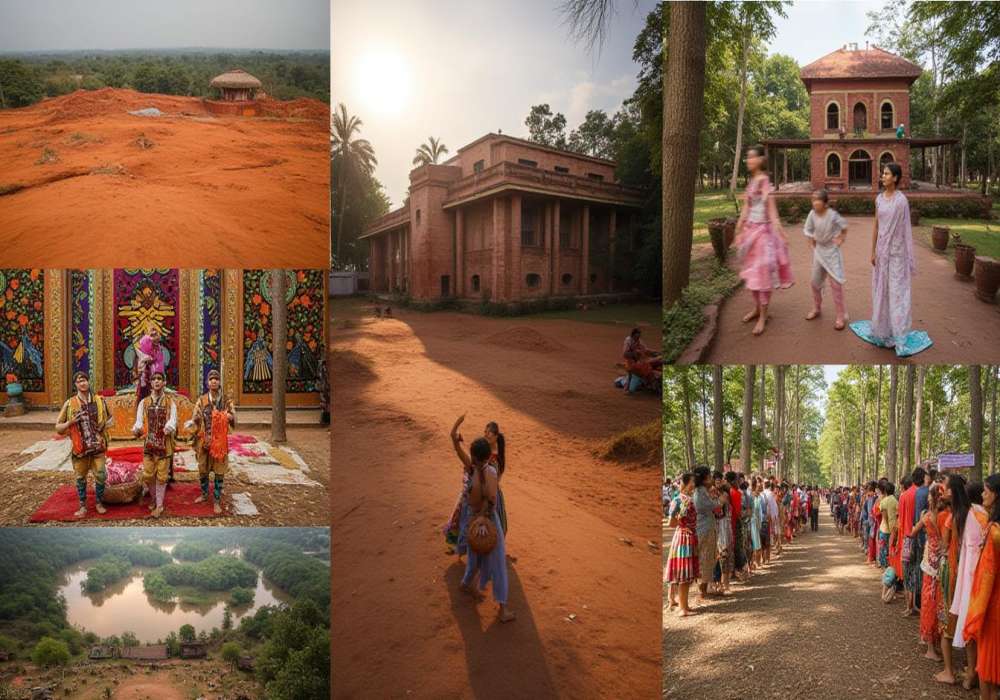
Last Updated At: 01-Aug-2025
8 Best Places To Visit in Shantiniketan 2025
Known for its colourful festivals like Poush Mela and Basanta Utsav, Shantiniketan is a cultural town that celebrates art, music, and tradition all year round. It is famously linked to Rabindranath Tagore, the Nobel Prize-winning poet who founded an open-air school here in 1901. This school later became Visva Bharati University, where learning happens in nature’s lap. The spirit of creativity is everywhere in the murals, the songs, the red earth, and the peaceful vibe that flows through the town.
Shantiniketan is in the Birbhum district of West Bengal and is well connected to Kolkata by train and road. The best time to go is between October and March when the weather is cool and perfect for outdoor activities. Popular things to do include visiting Tagore’s Ashram, shopping for handmade items at Sonajhuri Haat, and enjoying quiet walks near the Kopai River. The Upasana Griha, made of coloured glass, offers a peaceful space to sit and reflect. If you enjoy folk art, literature, music or just want a relaxing trip filled with meaning, Shantiniketan offers the perfect escape. Let’s explore the most beautiful places to visit in Shantiniketan in 2025!
List of 8 Best Places To Visit in Shantiniketan
Ever wondered where creativity meets peace? What if I told you there's a place where Rabindranath Tagore's inspiration comes alive in every corner? Today, we're unveiling the answer to your curiosity– presenting the top 8 Shantiniketan travel destinations!
- Tagore's Ashram | Peaceful Haven
- Rabindra Bhavan Museum | Art Echo
- Bolpur Deer Park | Serene Meadows
- Singha Sadan | Majestic Bell and Clock
- Kala Bhavan | Palette Paradise
- Upasna Griha | Harmony Hub
- Amar Kutir | Eternal Abode
- Chhatimtala | Verdant Retreat
1. Tagore's Ashram | Peaceful Haven
Tagore's Ashram in Shantiniketan is like a time machine back to when Rabindranath Tagore, the famous poet, lived. His dad, Maharishi Devendranath Tagore, started this special place in 1863. It's a heritage site, super well-kept, and like a big memory of Gurudev. The place keeps Tagore's life story– his writing, awards, daily things he used, and his love for nature. It still teaches students, not inside boring buildings but in nature. Get a taste of Bengali culture and explore the best Shantiniketan sightseeing spots at Tagore's Ashram.
Top Attractions:
- Tagore's Ashram
- Rabindra Bhavan Museum
- Deer Park
- Singha Sadan
- Kala Bhavan
Timings:
- Winters: 2:00 pm to 4:30 pm
- Summers: 2:30 pm to 5:30 pm
- Summer and Puja Vacations (May-June and September-October): 7:30 am to 11:00 am
- Remains closed on Wednesdays
Things to Do:
- Check out the cool museum.
- Visit the artsy Kala Bhavan.
- Attend classes under trees at Amra Kunja.
2. Rabindra Bhavan Museum | Art Echo
Step into a special place where old stuff from a long time ago is kept safe. It's like a cosy home for things that belonged to Tagore, a very important person. This home is called the Rabindra Bhavan Museum, one of Shantiniketan cultural landmarks, and was made in 1961. Inside, there are Tagore's writings, letters, drawings, important papers, and even a shiny prize he got called the Nobel Prize Medallion. If you're in Shantiniketan, you have to see this place. It's like going back in time and being part of Tagore's amazing stories.
Top Attractions:
- Original Manuscripts
- Letters and Documents
- Paintings, Certificates, and Photographs of Rabindranath Tagore
- Nobel Prize Medallion
Timings:
- 10:00 am to 1:00 pm and from 2:00 pm to 5:00 pm
- Remains closed on Wednesdays and Thursdays
Things to Do:
- Marvel at Manuscripts
- Immerse in artistic splendour
- Explore Tagore's Correspondence
- Stand in Awe of the Nobel Prize Medallion
3. Bolpur Deer Park | Serene Meadows
Settled in Bolpur's red soil, Ballavpur Wildlife Sanctuary is like a special home for nature and animal lovers. It's also known as "Deer Park" because many deer roam around. Imagine a big, green space between Damodar and Ajay rivers, where you can see deer having their meals. In Ballavpur, you'll find different kinds of animals and enjoy the beautiful riverbanks. The place is also close to tribal areas, making it unique. It's like a little paradise where nature and wildlife come together. If you're wondering where to go in Shantiniketan, Ballavpur Wildlife Sanctuary is a must-visit destination.
Top Attractions:
- Diverse Fauna
- Enchanting Riverbanks
- Ethnic Tribal Areas
Timings:
- 9:00 am and 4:00 pm
Things to Do:
- Walk by the river and enjoy the view
- Learn about tribes and their culture
- Watch deer eating (8:00 am and 3:00 pm)
- Take pictures of nature and animals
4. Singha Sadan | Majestic Bell and Clock
Imagine a quiet corner in Shantiniketan where time itself seems to pause. That's Singha Sadan for you– a special building with a big bell and clock that's been there since 1927. It's like a storyteller, whispering tales from the past. When the sun wakes up, so does Singha Sadan. It's not just a tower; it's like a friend helping everyone in the ashram stick to their daily plans. Among things to see in Shantiniketan, Singha Sadan stands out as a unique experience, offering a glimpse into the ashram's history.
Top Attractions:
- Bell Tower
- Clock Mechanism
- Historic Architecture
Timings:
- 2:00 pm to 9:00 pm
Things to Do:
- Gaze at the Bell
- Watch the majestic clock
- Explore architectural details
5. Kala Bhavan | Palette Paradise
Kala Bhavana, one of the Shantiniketan historic attractions, is a cool place where artists learn and make beautiful things. Rabindranath Tagore started this place long ago, and now it's filled with famous artists' wisdom. People like Nandalal Bose and Benodebehari Mukhopadhyay made it special. It's like a modern art hub where artists express themselves in today's world. Students here learn lots of artsy stuff and know about art history. They have cool classes, talks, and shows where artists grow their skills.
Top Attractions:
- Nandalal Bose gallery
- Benode Behari Mukhopadhyay sculpture garden
- Ramkinkar Baij studio
- Contemporary art exhibitions
- Kala Bhavana archives
Timings:
- 7:00 am to 9:00 pm
Things to Do:
- Engage in studio workshops
- Attend art history lectures
- Participate in open discussions
- Explore outdoor sculpture installations
- Immerse Yourself in Contemporary Art Exhibitions
6. Upasna Griha | Harmony Hub
In Shantiniketan, there's a special place called Upasana Griha, or the Kanch Mahal– a beautiful Prayer Hall. Shri Debendranath Tagore, Gurudev's father, built it in 1863. This hall is like a colourful palace made of special glass from Belgium, and it has marble steps on all sides. Something important happened here on the seventh day of the Bengali calendar month Poush (usually on December 23rd). Gurudev's dad changed his beliefs from Hinduism to the Brahmo religion. This day also kicks off the Poush Mela celebration every year.
Top Attractions:
- Kanch Mahal
- Coloured Belgian glass display
- Marble Steps
- Poush Mela Celebrations
Timings:
- 9:00 am to 5:00 pm
Things to Do:
- Witness spiritual transformations
- Marvel at the intricate glasswork
- Climb the majestic marble steps
- Immerse in Poush Mela festivities
7. Amar Kutir | Eternal Abode
Amar Kutir is a special place by the calm Kopai River. It's an old house and a time machine from when India fought for freedom. In 1922, Sushen Mukherjee met Mahatma Gandhi and got inspired. He believed in making a secret hideout for freedom fighters. So, after searching in the remote Birbhum district, he found a peaceful 100-acre spot by the river, and voila, Amar Kutir was born in 1927. It was a secret spot to keep freedom fighters safe from the British.
Top Attractions:
- Cottage Industry Workshops
- Kopai River
- Historical Exhibits
Timings:
- 8:00 am to 6:00 pm
Things to Do:
- Explore the handicrafts at Amar Kutir
- Attend cultural events
- Participate in craft workshops
8. Chhatimtala | Verdant Retreat
Welcome to Chhatimtala in Shantiniketan! This special place is like a calm embrace, surrounded by stories of peace and devotion. Rabindranath Tagore's father, Maharshi Debendranath, found comfort under a big chhatim tree. It became even more special when Visva-Bharati University started in 1901. Now, it's like a heritage time capsule, keeping the feel of those sacred moments safe.
Top Attractions:
- Chhatim Tree Sanctuary
- Annual convocation grounds
- Maharshi Debendranath Tagore's Meditation Spot
- Param Bramha Devotee Memorial
Timings:
- Monday to Friday: 1:00 pm to 5:00 pm
- Sunday: 12:30 am–12 am
Things to Do:
- Attend Annual Convocations
- Meditate under the Chhatim Tree
- Explore Maharshi Debendranath Tagore's Meditation Route
Shantiniketan tourist places are like a colourful storybook with places that tell tales of art, history, and culture. Tagore's Ashram is where a famous writer lived, and the Rabindra Bhavan Museum shows cool art. Amar Kutir is a special place that shares stories of people fighting for freedom through crafts.
Consider Adotrip while planning your trip, as it's your perfect travel companion. Enjoy a wealth of information, end-to-end travel assistance and BOOK Flights, Hotels, and Tour Packages under one roof.
Also Read: Places To Visit in West Bengal
With Adotrip, nothing is far!
Frequently Asked Questions About Places to Visit in Shantiniketan
Q1. What is unique about Shantiniketan?
A1. Shantiniketan is unique because it was founded by Rabindranath Tagore as an open-air school where learning takes place in natural surroundings instead of closed classrooms. It later became Visva Bharati University, known for its focus on art, music, literature, and global education. The town blends nature, education, and creativity in a peaceful environment, making it different from regular cities or tourist spots. Its colourful festivals like Poush Mela and Basanta Utsav also make it a cultural hotspot.
Q2. What is the speciality of Bolpur?
A2. Bolpur is the town where Shantiniketan is located. Its speciality lies in its connection with Tagore and the Visva Bharati University. Bolpur is known for its rich cultural life, peaceful atmosphere, and tribal art. Tourists also enjoy the red soil landscape, the sound of Baul music (folk songs), and the weekend market at Sonajhuri Haat, where local artists sell handmade goods. It offers a unique blend of tradition, art, and natural beauty.
Q3. Which tree is famous in Shantiniketan?
A3. The Chhatim tree (also called the Devil’s Tree or Alstonia scholaris) is famous in Shantiniketan. Rabindranath Tagore’s father, Maharshi Debendranath Tagore, meditated under this tree, and it became a symbol of peace and knowledge. Even today, graduates of Visva Bharati receive five Chhatim leaves instead of certificates during convocation as a mark of respect and tradition.
Q4. What is Shantiniketan also called?
A4. Shantiniketan is also called the Abode of Peace. The name itself means "peaceful place" in Bengali. It was given this name by Maharshi Debendranath Tagore, the father of Rabindranath Tagore, to reflect the calm and spiritual environment of the area. Over time, it became a centre for education, culture, and creativity through Visva Bharati University.
Q5. What is the beauty of Shantiniketan?
A5. The beauty of Shantiniketan lies in its peaceful surroundings, open-air classrooms, red soil landscape, and artistic atmosphere. It is a place where nature and learning go hand in hand. The simplicity of village life, colourful tribal art, Baul music, and seasonal fairs like Poush Mela and Basanta Utsav add to its charm. Shantiniketan is not just a tourist spot, it is a calm and soulful experience that connects you with art, nature, and tradition.
--- Published By Adotrip
Latest Blogs

Cash in the Wild: My Safari Adventure Across Kenya with Only...

One Day Picnic Spot Near Pune - Adventure, Trekking and Natu...
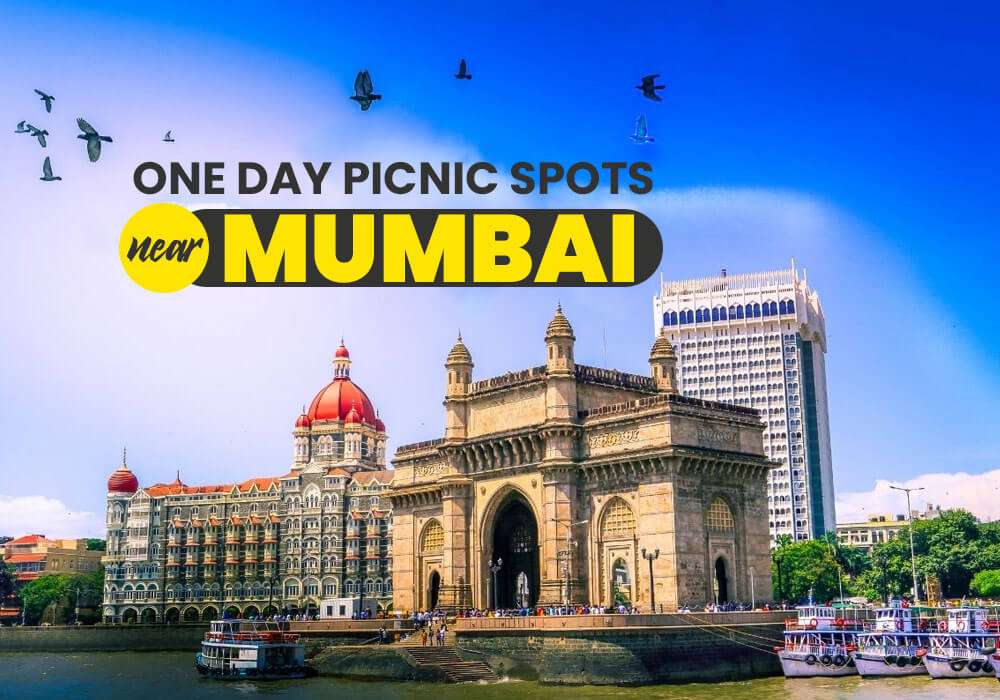
One Day Picnic Spots Near Mumbai - Monsoon, Adventure, Beach...

The Best Places to Go in Thailand in 2025
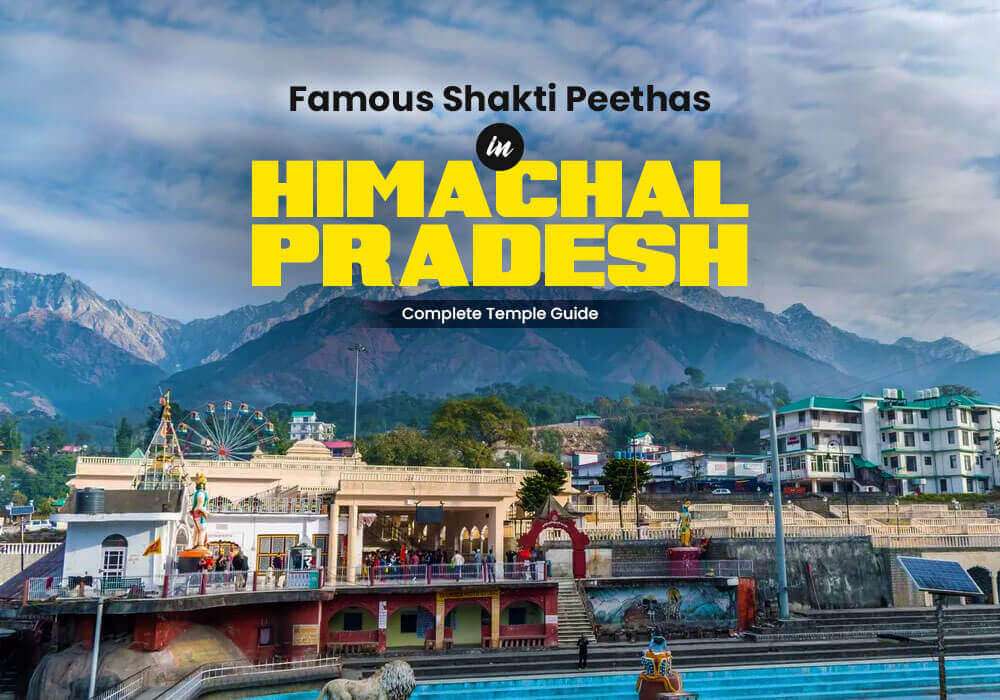

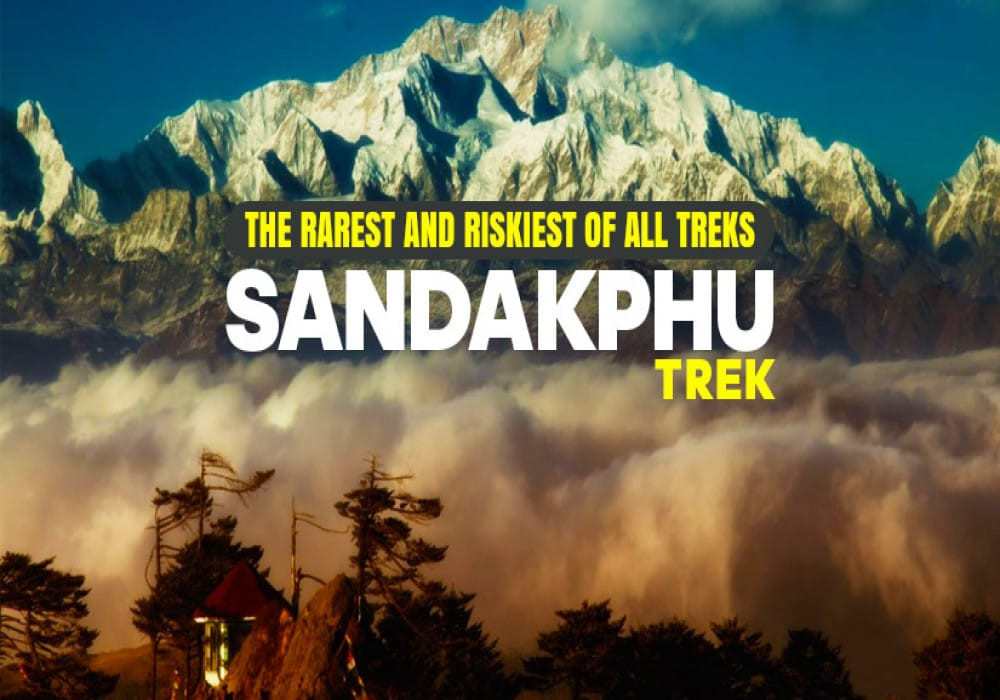
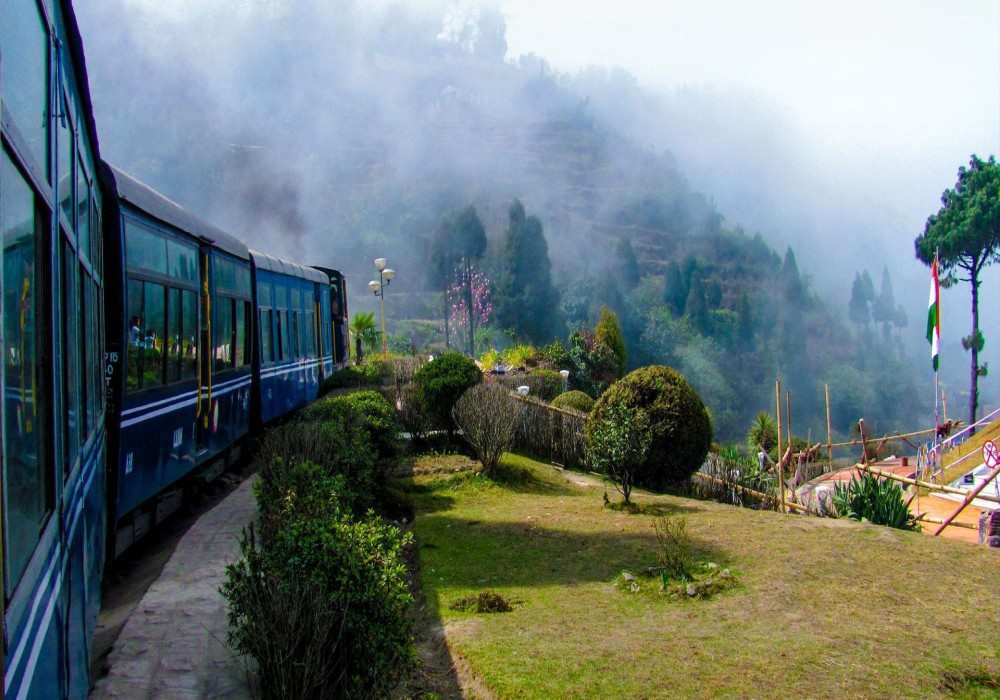
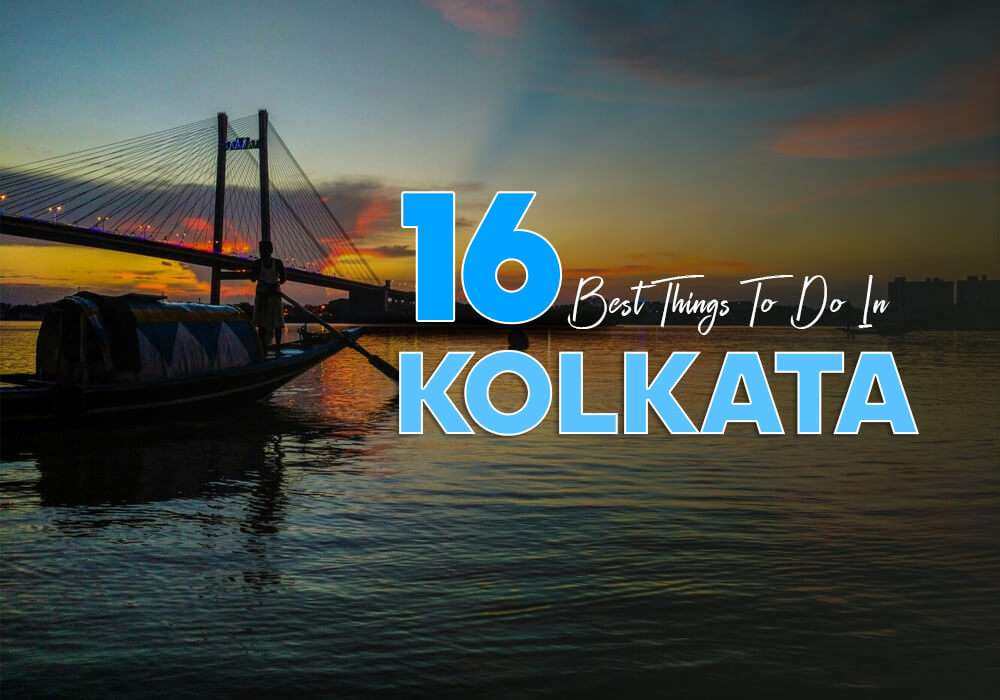
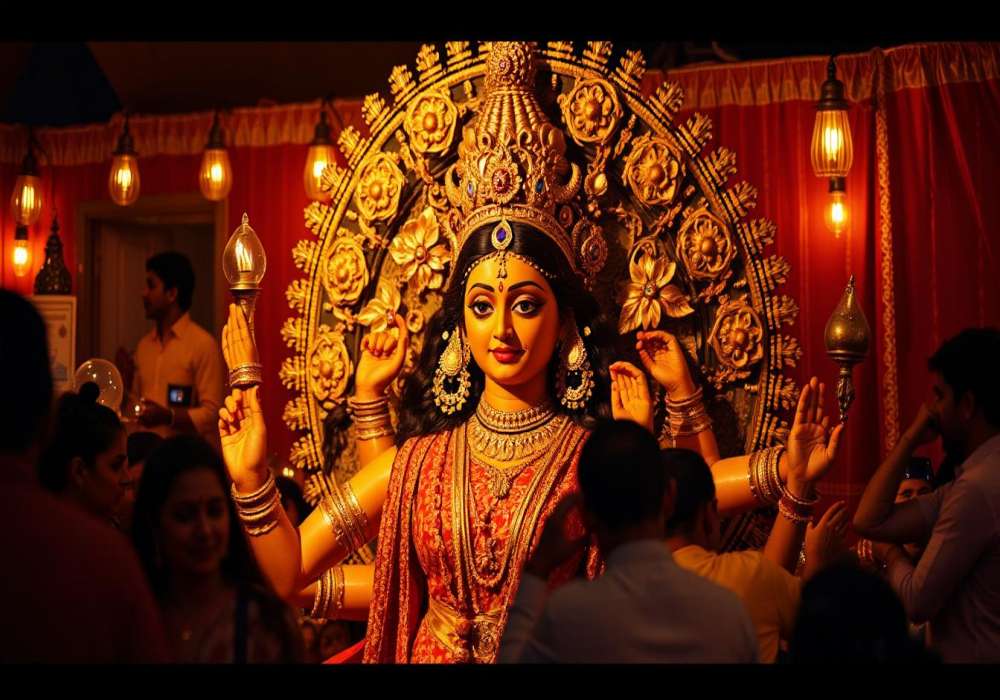


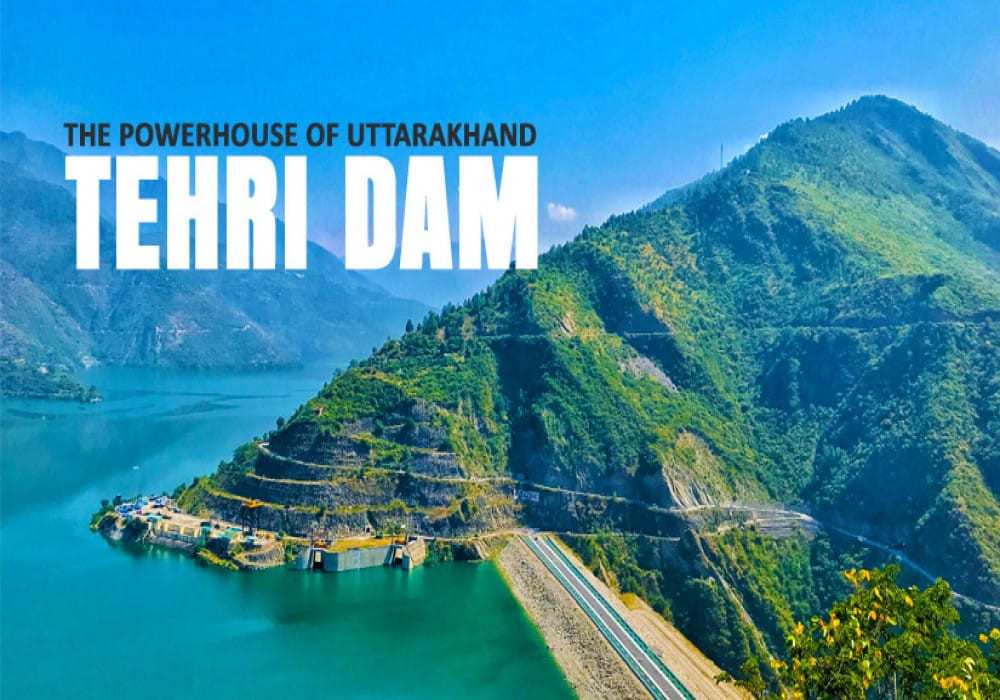
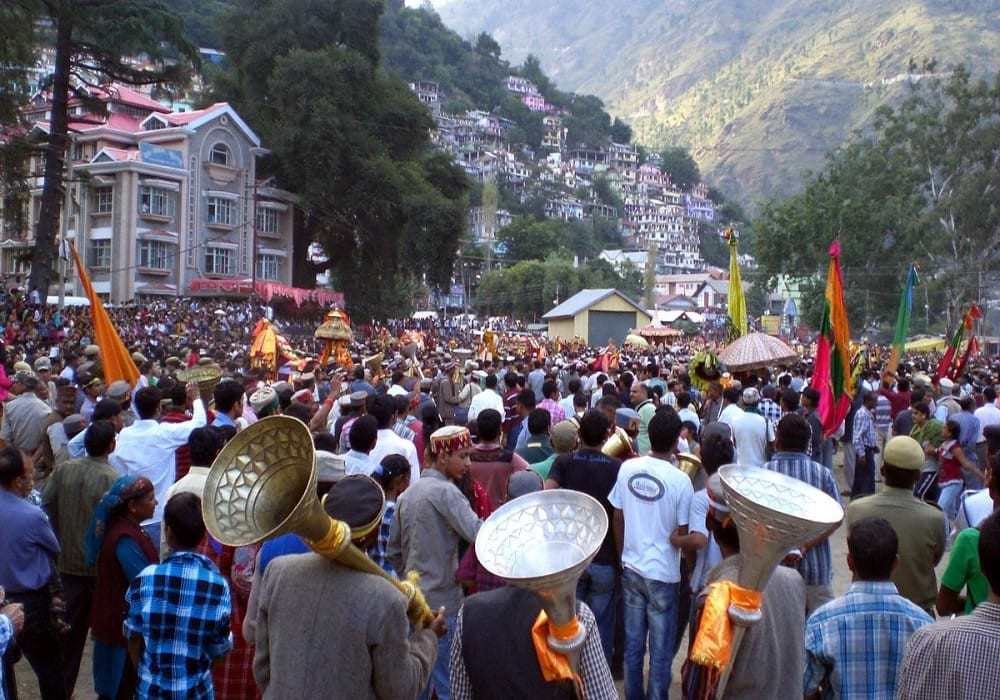


.jpg)

 Dubai
Dubai Malaysia
Malaysia USA
USA





